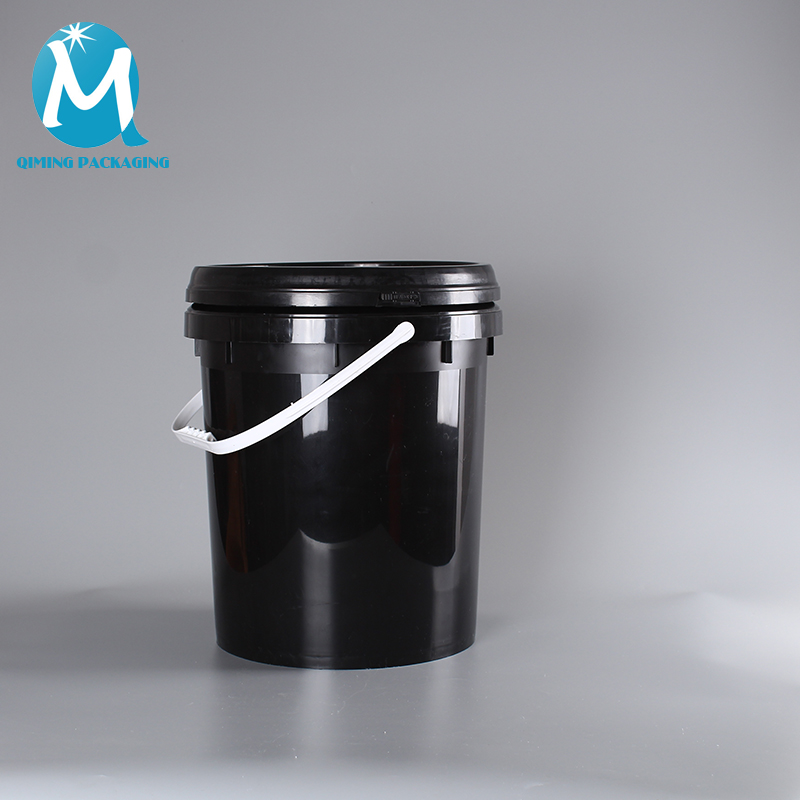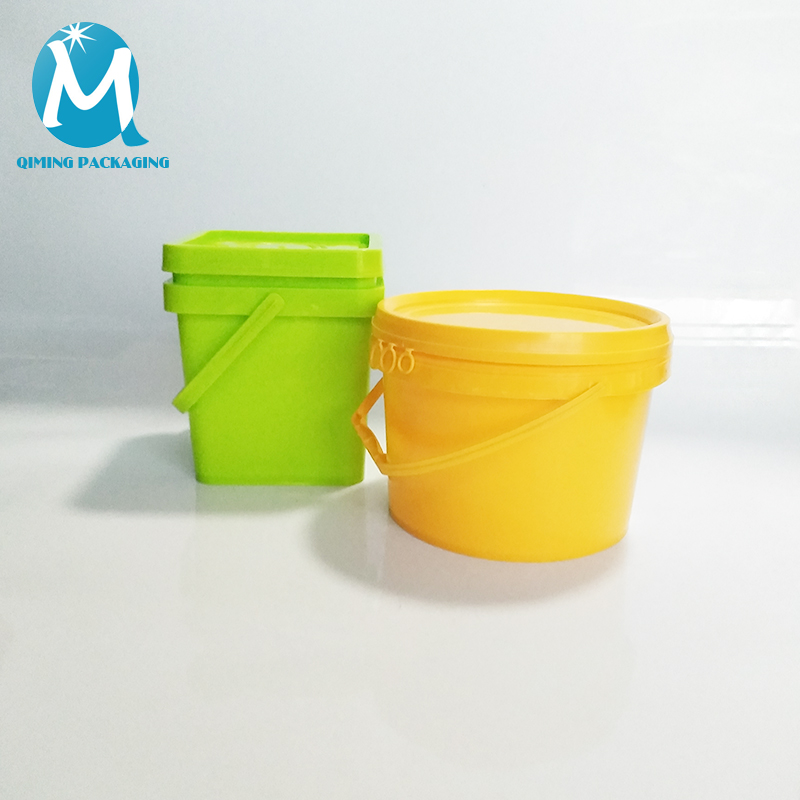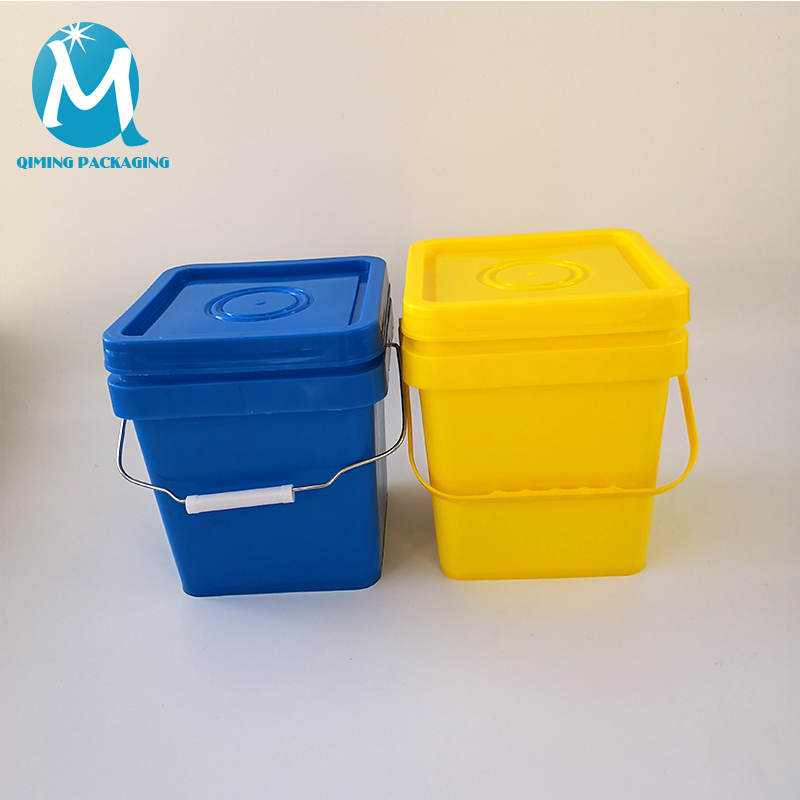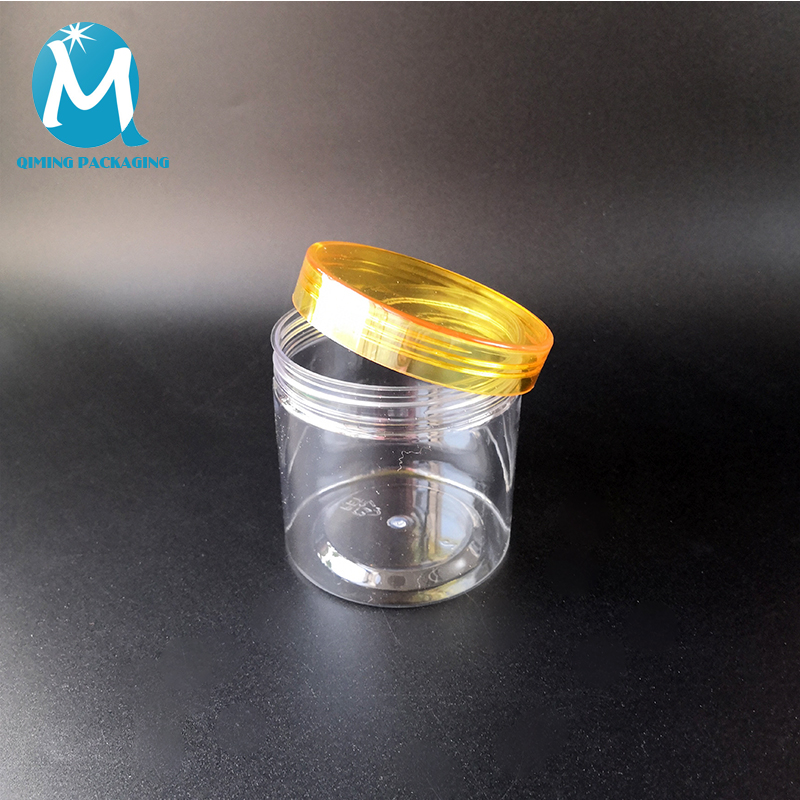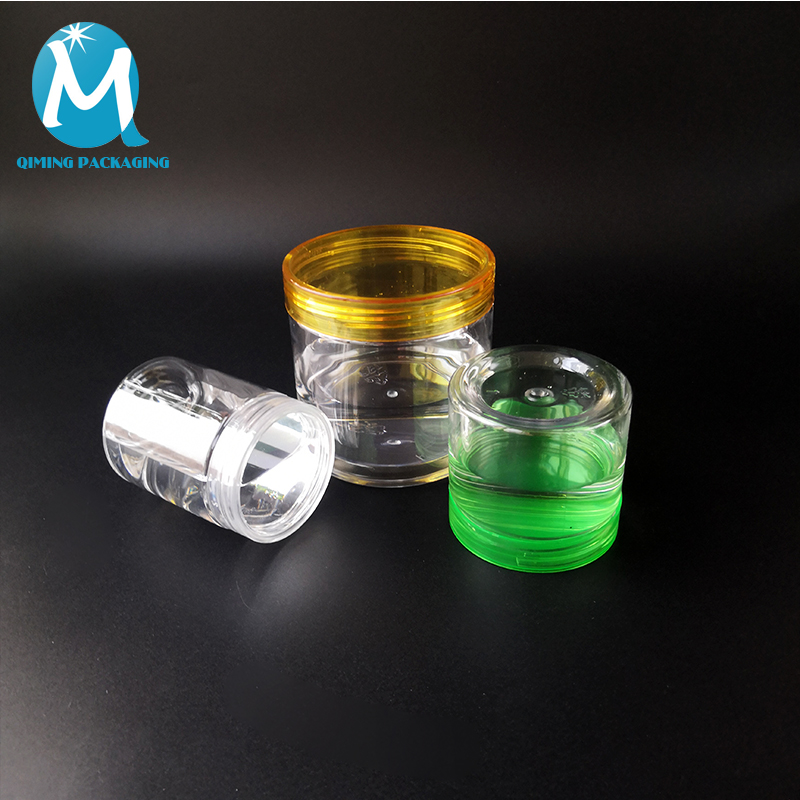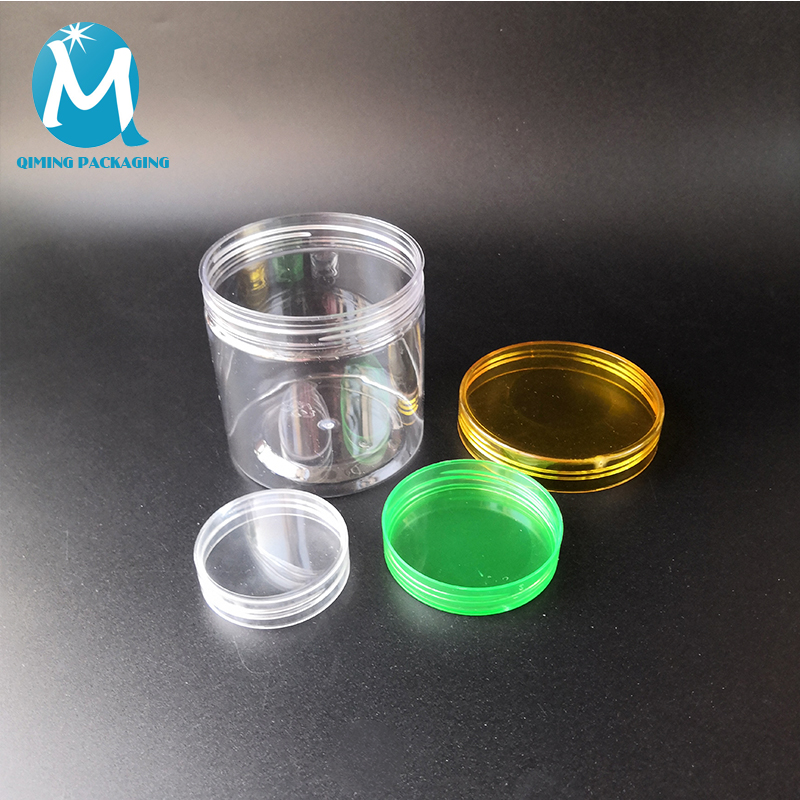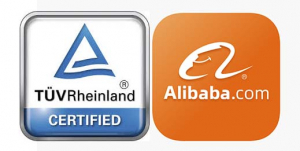Those Plastic Things You May Not Know
Every day, people use plastics in various applications. Over the last 50 to 60 years, the uses for plastic have expanded to infiltrate virtually every aspect of life. Because of how versatile the material is, and how affordable it can be, it has taken the place of other products including wood and metals.
The properties of the various types of plastics make it beneficial for manufacturers to use. Consumers like it because it is easy to use, lightweight and easy to maintains.

Large Round Plastic Bucket Water Bucket Many Colors Available, 1-5 Liter with plastic handle, 10-25 L with Plastic handles.FREE samples available for quality checking on 1-20 L white plastic buckets with lid and handle.
Types of Plastics
Overall, there are about 45 unique types of plastics and each type has dozens of different variations. Manufacturers can change the physical structure just slightly to benefit the application for which they are using it. When manufacturers change or modify things like the molecular weight distribution, the density of the melt indices, they alter the effectiveness and create plastics with many specific properties – and therefore many different uses.
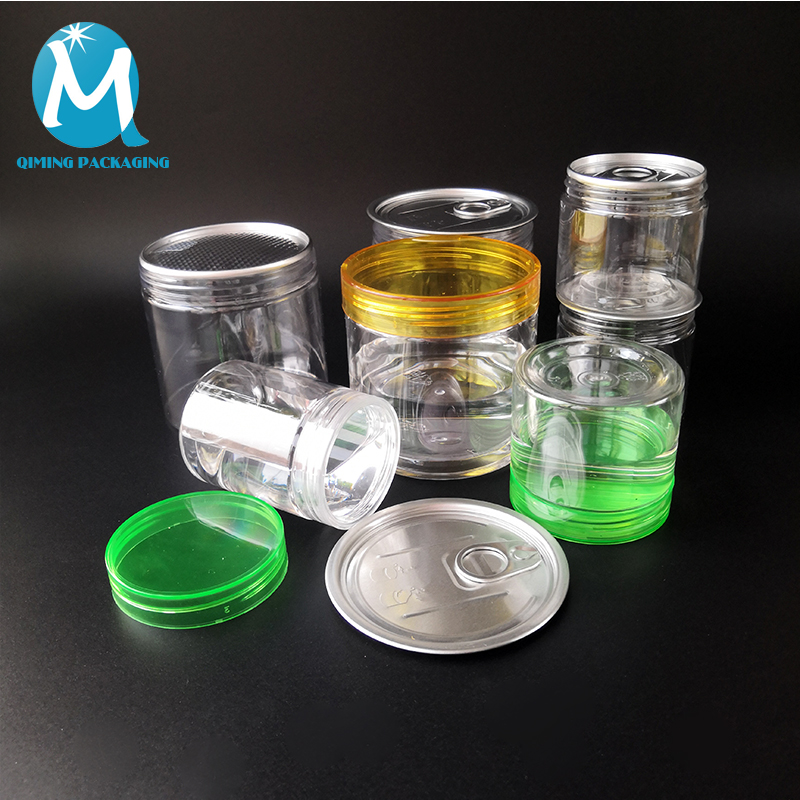
Clear PVC type plastic
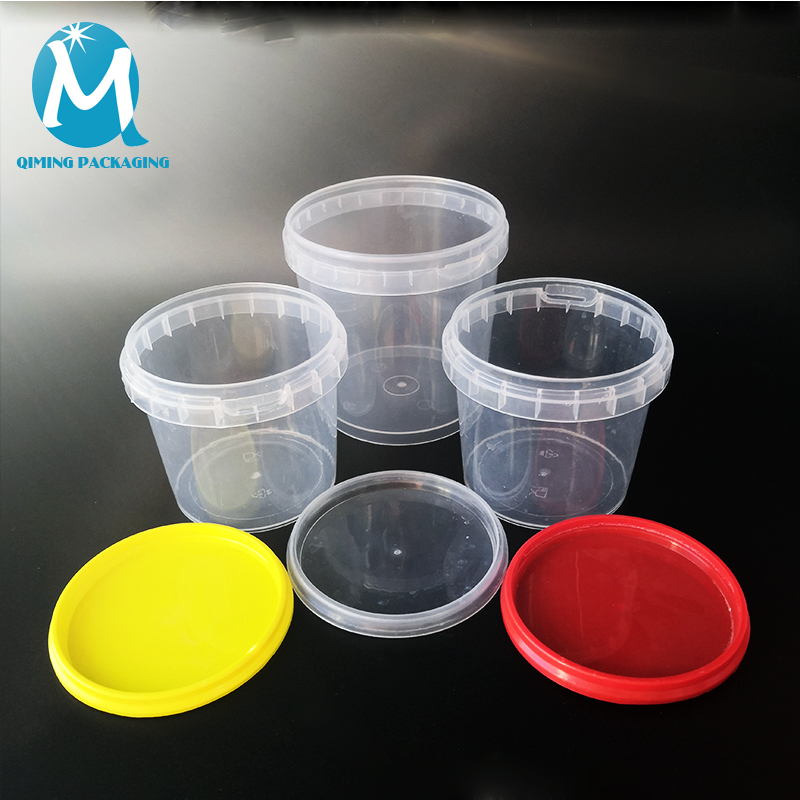
small plastic buckets
Two Plastic Categories
There are two main types of plastics, thermoset plastics and thermoplastics. Breaking these down further, you can see the everyday uses of each type. With thermoset plastics, the plastic will hold its shape long term once it has cooled to room temperature and hardened thoroughly.
This type of plastic cannot return to its original form – it cannot be melted down into its original form. Epoxy resins and polyurethanes are some examples of this type of thermosetting plastic. It is commonly used in tires, auto parts, and composites.
The second category is thermoplastics. Here, you have more flexibility and versatility. Because it will return to its original form when heated, these plastics are commonly used in various applications. They can be made into films, fibers, and other forms.
Specific Types of Plastics
Below are some of the specific types of plastics and how they are in use today. Consider their chemical properties and benefits, too:
PET or Polyethylene terephthalate – This plastic is ideal for food storage and water bottles. It is commonly used for things like storage bags, too. It does not leach into the food, but is sturdy and can be drawn into fibers or films
PVC or Polyvinyl Chloride – It is brittle but stabilizers are added to it. This makes it a softer plastic that’s easy to mold into various shapes. It is commonly used in plumbing applications because of its durability.
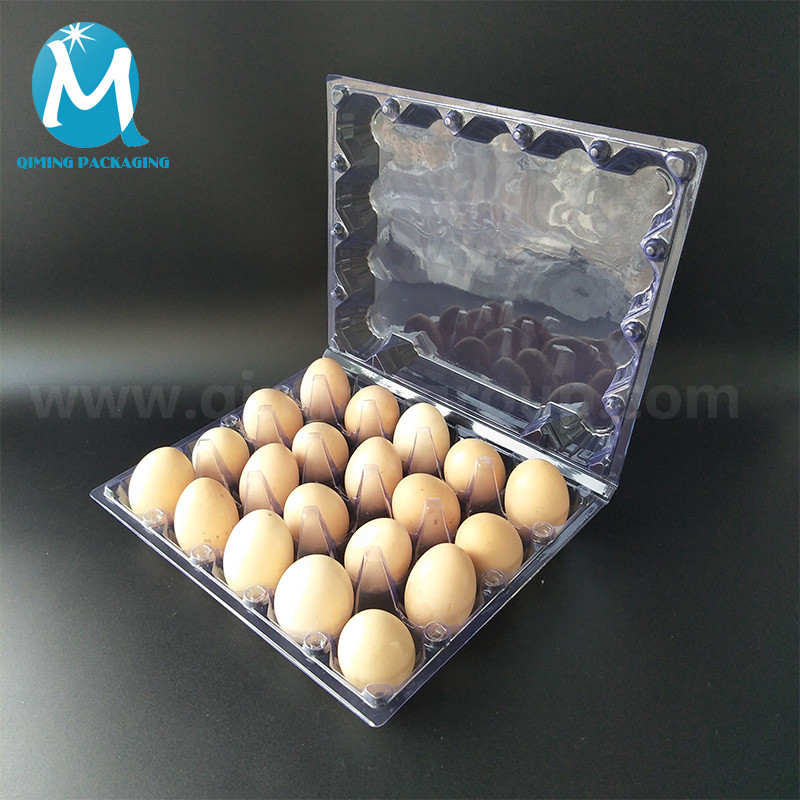
PVC egg trays 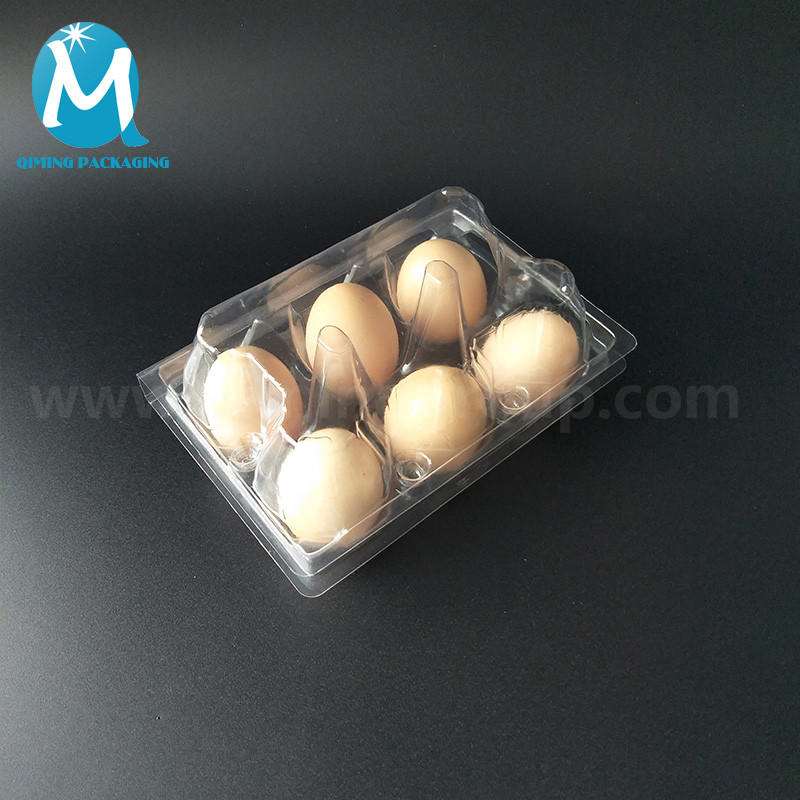
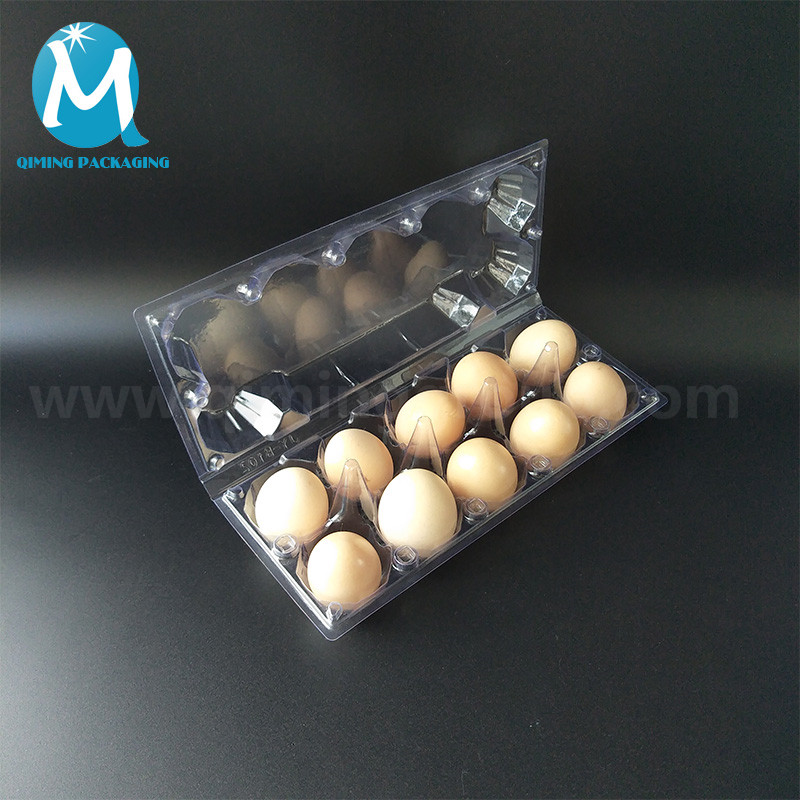
Polystyrene – Commonly known as Styrofoam, it is one of the less ideal options today for environmental reasons. However, it is very lightweight, easy to mold and it works as an insulator. That is why it is heavily used in furniture, cabinetry, glasses, and other impact-resistant surfaces. It is also commonly added with a blowing agent to create foam insulation.
Some of the chemical components in plastics are believed to affect the development and reproduction of animals. Their waste fills the earth, and those chemical components eventually penetrate into the groundwater; plastic waste is thrown into the ocean, and some animals swallow it. That is sad!
However, there is always another side of the balance. Plastics also have benefits, not only economic but also environmental.
Cars made of plastic parts are lighter and consume less fuel; plastic packaging prolongs food preservation time and reduces waste; if the bottle is not plastic, it must be glass. What kind of broken bottle do you want to see in the amusement park where children go to play?
In the end, we must improve the recycling and reuse of plastics, even if it is because crude oil is not used.
Some plastics cannot be recycled, such as bakelite, but many that can be recycled are still not recycled. In fact, the recycling rate of plastic packaging is only about one-seventh, far less than paper and steel. The recovery rate of other plastic products is even worse.
Improvement requires everyone to work hard. As you may have seen, some plastic products now have a small triangle with numbers 1 to 7. That is the “resin identification code”, which is an initiative of the Plastics Industry Association to help recycle. But this system is far from perfect.
If the industry can make more efforts, the government can. At present, the recycling rates of plastics in various countries and regions vary greatly. However, a very successful example is Taiwan.
The measures taken by Taiwan have made recycling more convenient and the offenders face fines, successfully challenging the traditional attitude of people dealing with garbage.
So, is there any other technical method for managing plastic waste? People who love science fiction must love a recently new invention: ProtoCycler. Give it plastic waste, it will spit out 3D printed wire! Moreover, all Qiming packaging plastic products’ material can be recycled.
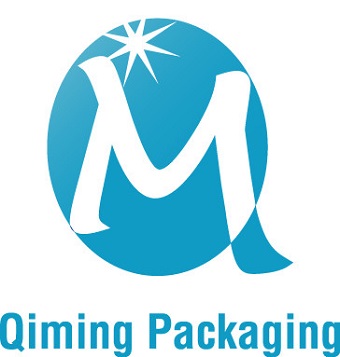
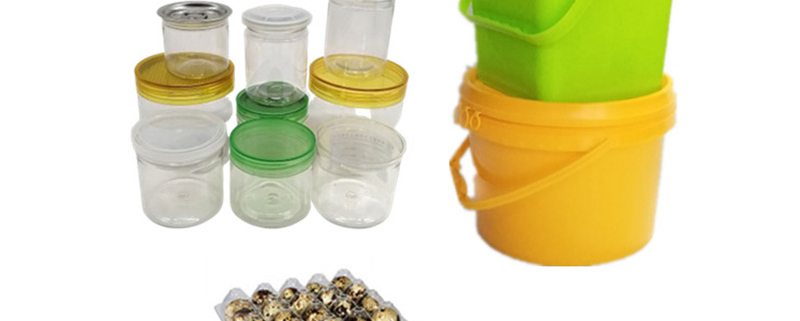 plastic containers
plastic containers